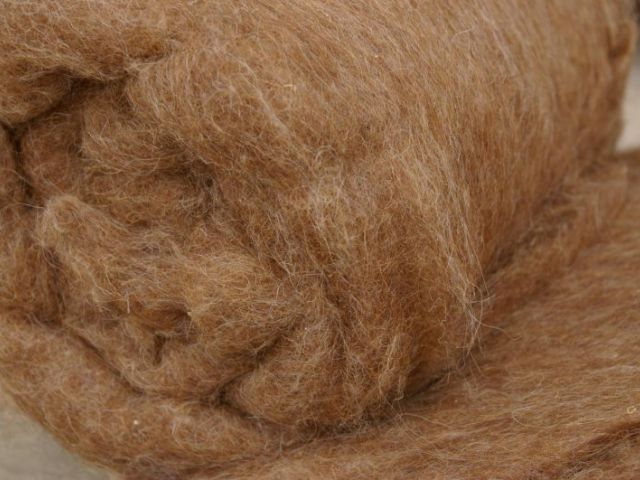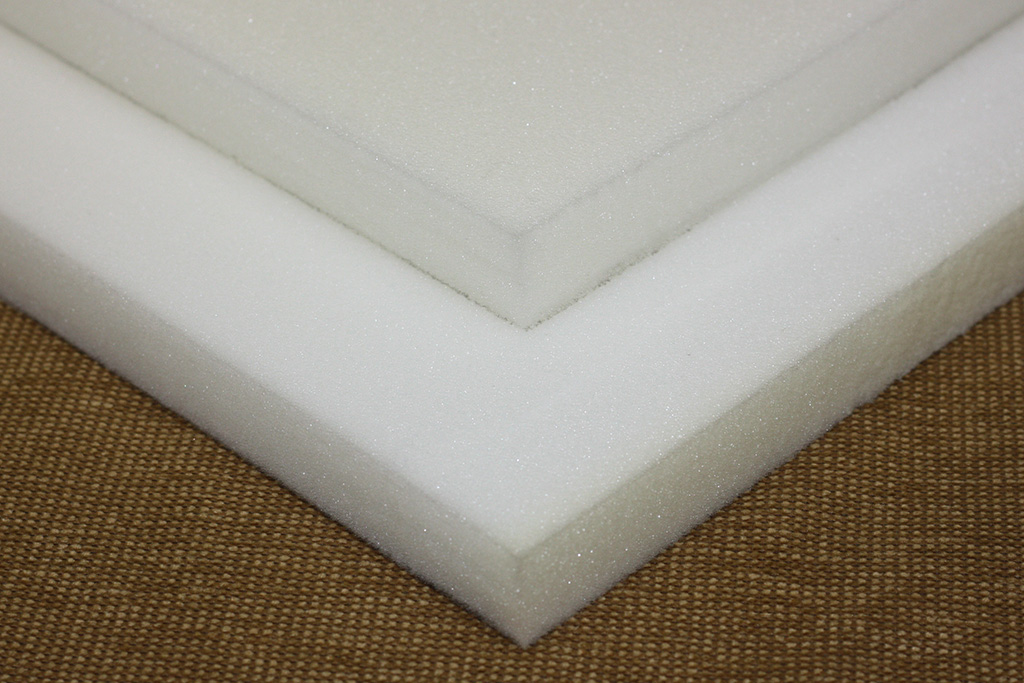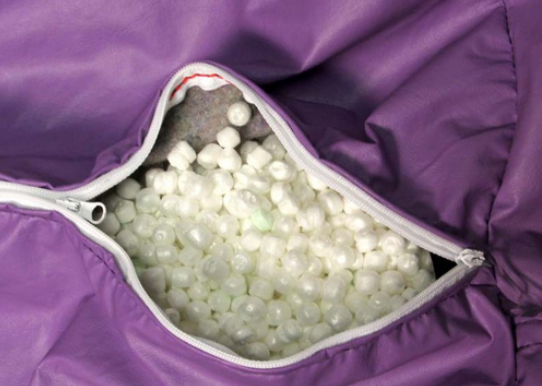What are the fillers in frameless furniture, their distinguishing features and features

Frameless furniture is very popular. Its basis is a filler, with which a chair or ottoman holds its shape. So that the filler for frameless furniture does not spill out after cleaning or during transfer, you need to make a cover from dense fabric. Preferably, in duplicate.
Application area
Most people put convenience in the first place in the interior rather than presentability. Designers take this fact into account when creating furniture, because now frameless models have come into fashion. Bean bags, ottomans, sofas and mattresses without a rigid base were loved by almost everyone. Their appearance is diverse, and for convenience they have no equal.
The main function in frameless furniture is played by the filler. He can be anything. It all depends on the imagination of the designer and the desire of the client who orders the model. Fillers are necessary in the manufacture of several options for comfortable furniture:
- Ottomans - they are comfortable, and they can be used in any room and interior as a chair, footrest or mini table;
- Bean bags - designers make them in various forms. Most often they are purchased for a children's room. They fell in love with adults: at various trainings and similar events, the audience often offered chair-bags instead of chairs. Many anti-cafes prefer frameless models;
- Chair-pillow - a round or rectangular volume pillow can be used as a lining for a hard seat or as a separate piece of furniture;
- Transforming upholstered furniture - beds and sofas, consisting of separate soft blocks, perfectly complement the living rooms and bedrooms;
- Mattresses - springless models are increasingly found on sale.
The time of use of the furniture depends on what kind of filler is inside. One material can last quite a while, while the other will often have to be changed.
Varieties
Fillers for frameless furniture there are a lot. Each has its own characteristics. The price of each material is different, so some types may not be purchased by all. Some materials are not suitable for allergy sufferers, while others are not suitable for use in the country.
Natural
For those who do not want to use materials of chemical production, there are familiar natural fillers. These include:
- Wood shavings and sawdust - most often use waste from pine or cedar. These materials have healing properties. A pleasant woody aroma relieves headaches and repels pests: rodents and insects. This material is crumpled and will have to be changed from time to time;
- Down and feathers - air material, which will take a lot to fill a pouf or chair;
- Horse hair - from this material the furniture is stiff;
- Wool - from the down of sheep and sheep, furniture will be pleasant to the touch;
- Buckwheat husk - pillows and mattresses filled with buckwheat or its husk are very popular. If you fill the chair or sofa with material, you will get a very comfortable place to relax.
The advantage of natural fillers is one - the absence of harmful chemicals. There are several drawbacks: they cause allergies, quickly deteriorate. It is not recommended to use frameless models filled with natural materials on the terrace, open balcony and in the country.
Synthetic
To fill frameless furniture, you can use different materials of artificial origin:
- Expanded polystyrene is the most popular filler, which consists of small balls. Foamed and resilient granules create extra volume and are lightweight. Through this filling creates an orthopedic effect;
- Polypropylene - strong and durable plastic peas quickly recover after a load. Rarely used due to the fact that in case of accidental fire and smoke emit harmful substances;
- Polyurethane foam is an elastic material that does not cause allergies. Foam is able to maintain shape for a long time. Along with such a filler, it is recommended to use leather covers;
- Hollofiber is a lightweight filler used in conjunction with any other artificial material. Furniture filled with holofiber is upholstered, and if it is supplemented with expanded polystyrene, then you will get the most comfortable model for relaxation. This material does not cause allergies, does not react with water and does not absorb odors.
Sofas and armchairs stuffed with artificial balls can be used outdoors, because plastic does not absorb water. All materials of non-natural origin quickly restore their shape and do not cause allergies. It is very comfortable to relax on frameless furniture, the fillers of which are made of plastic.
Tools at hand
Almost any material can be used as a filler for a frameless chair or sofa. If financial opportunities do not allow you to purchase synthetic balls, then you can use what is in the house. It can be a variety of materials:
- Cereals - everyone in the house will have several bags of rice or buckwheat. Particularly thrifty housewives store buckwheat in bags, so filling a couple of pillows with safe and edible material is quite possible at no particular cost;
- Legumes - if you are an avid gardener, then you probably have more than one kilogram of beans, peas, or lentils. From legumes you can not only cook delicious porridge, but also make an orthopedic mattress or pillow;
- Seeds and dry grass - such materials are suitable for filling any furniture;
- Torn paper - if too much waste paper has accumulated in the house or in the country, then it can be used to good use by constructing several pillows for rest;
- Pieces of foam;
- The remains of fabric and yarn - grandmothers and mother-needlewomen will always find a lot of scraps after sewing or knitting. With such a filler, the chair will turn out to be moderately hard and not too soft;
- Vata - a chair filled with cotton, at first it will be very soft. To prevent it from turning into a dense lump, it is enough to shake and dry it from time to time.
There are many options for filling furniture. The main thing is to choose the right fabric for the cover. Balls, hay and seeds can spill out through a thin cloth. The fabric should be strong and dense so that the threads do not tear under the weight of the material.
Filling Rules
If you purchased a ready-made cover for frameless furniture, then a filler is always included with it. Most often these are small plastic balls.It is not always possible to fill the cover with such a filler qualitatively. Usually in the kit there is an additional cover in which you can place the bag with balls and carefully pour them. If there is no additional cover, or the hole is too small, it will be problematic to fill frameless furniture. The following instruction will help correct the situation:
- Take an empty narrow-necked plastic bottle;
- Cut the bottom and neck;
- Insert the bottle with the narrow part into the bag with the filler and fix it with a rope or tape;
- Dip the other part of the bottle in a furniture cover and fix it;
- Turn the bag with the filler upside down and gently start pouring the balls.
If you do everything right, then not a single ball of expanded polystyrene will be on the floor. There is also another option for filling frameless furniture, which any person can do. For this option, you will need a clean vacuum cleaner and a nylon stocking.
How to fill:
- Separate the brush from the vacuum cleaner tube;
- Pull the nylon stocking on the pipe;
- Open the bag of granules and unzip the lock on the inside cover of a frameless sofa or chair;
- Hold the vacuum cleaner tube well with one hand and press the power button;
- Dip the end of the pipe into a container with polystyrene foam balls. Pieces of artificial material will instantly stick to the toe;
- Turn off the device;
- Carefully place the vacuum cleaner hose in the case and shake a little so that the balls crumble.
Repeat the procedure as many times as needed to transfer the entire filler. This option is suitable not only for filling, but also for reducing excess balls in the case, if you suddenly poured too many of them.
Both options are necessary for filling frameless furniture with plastic balls. Any other filler, whether natural or artificial material, can be easily put into the case without the use of any devices. The main thing is to leave a little empty space so that the product can take on a different shape and not be too rigid.
Video
































